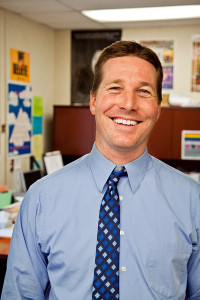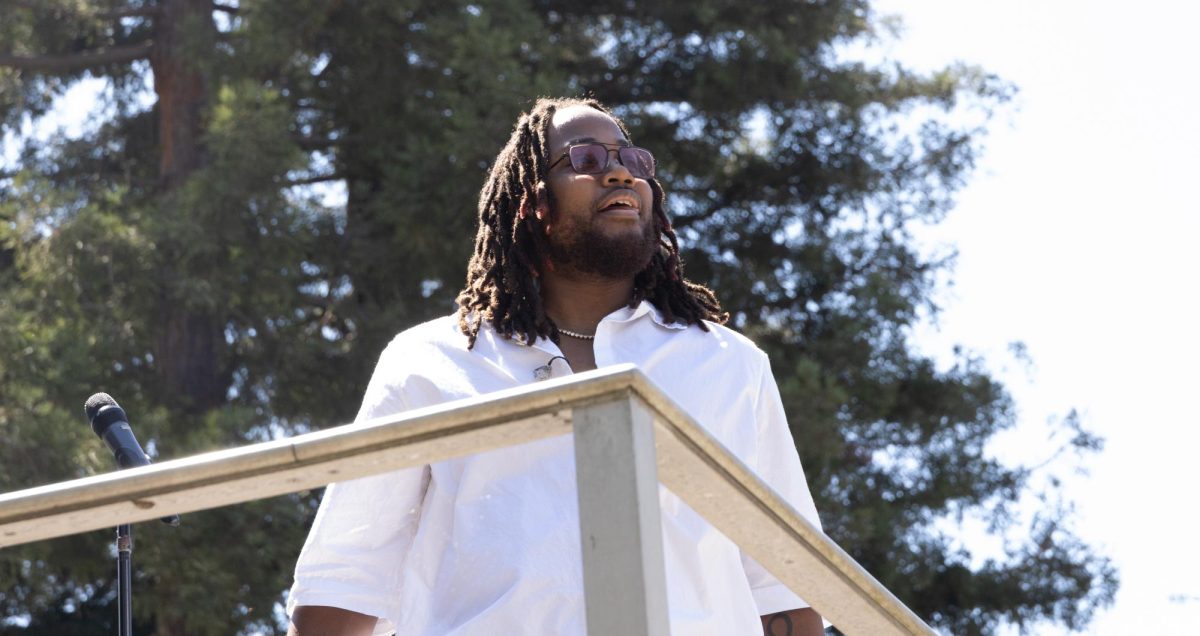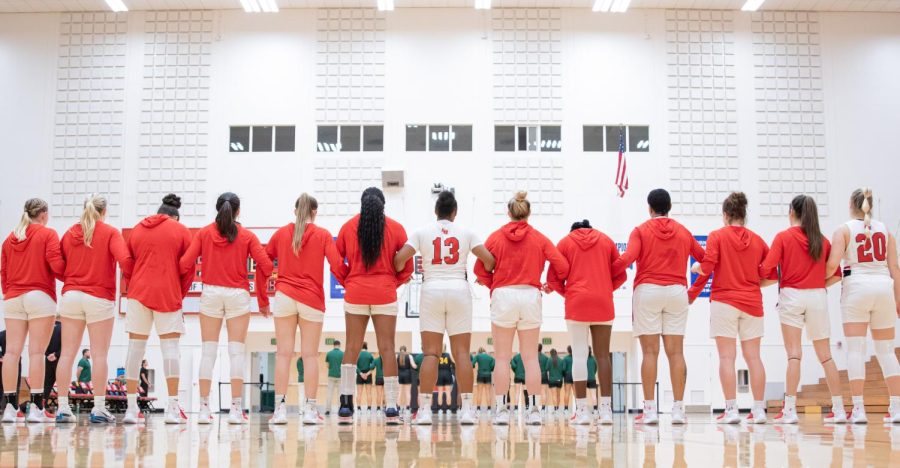
chance at education.
“We always like to define what insanity is,” said Alexander Harp, principal of Lincoln Continuation High School. “Insanity is doing the same thing repeatedly and expecting a different result.”
Utilizing alternative approaches to education, Lincoln High School in San Leandro provides students a second chance at graduation by offering access to a learning environment where students feel valued and appreciated, high school faculty said.
“We have to re-engage the students,” said Harp. “We have to give them the hope and belief in themselves because I think they start to lose it, and if they’re at a comprehensive school with 2,000 other kids it’s easy to become hopeless.”
As economic hardships have resulted in budget deficiencies in school systems nationwide, the overabundance of students and lack of teachers have caused several students to slip through the cracks.
“Our system in America is continually set up for the failure of our kids, typically and traditionally Black and Latinos,” said Harp.

While the instruction and curriculum is nearly identical to that of a comprehensive site, the delivery and execution of the curriculum differs greatly as well as the classroom size.
Serving a maximum of 115 students, with classroom sizes that do not exceed 20, Lincoln thrives on their ability to provide one-on-one guidance to each and every member of its student body.
Harp says the abundance of students at comprehensive high schools can oftentimes cause youth to feel their individuality is unappreciated and denigrated.
“It’s so often that students at comprehensive schools — we use the cliché — fall through the cracks, so kids feel anonymous, they feel like they’re just a number,” said Harp.
Because of the small classroom size, which is one-tenth the size of a normal high school, Harp said the continuation school focuses on community building so students feel a sense of belonging they may have lacked at a comprehensive site.
Morgan Mack-Rose, president of the San Leandro School Board, believes there is disconnect between the common idea of alternative education and the actual concept of continuation schools.
The stereotypical image of continuation schools as holding grounds for troubled and poorly behaved students derived from the late 1970s to the early 1990s, which Harp refers to as the “dark period.”
“The perception is valid and shared by many, because that is how it was for about 20 years,” said Harp. “In the last 10 to 15 years it has really changed and students are now given the opportunity to attend.”
Although Lincoln is required to accommodate students who were expelled from San Leandro High School, there are currently only two students who attend because of expulsion.
The remaining students enrolled in the alternative school were required to apply to the continuation school, which has a running waitlist of usually 25 to 30 students year-round.
Contrary to common belief, continuation schools have developed into institutions that not only serve the “bad seeds” but offer less fortunate students opportunities for future advancement.
In a county where 11.4 percent of the population — according to U.S. Census Bureau — is below poverty level, children are frequently faced with economic family crisis and fall victim to circumstance.
“Kids who attend continuation schools don’t necessarily do so because they don’t want to go to high school,” said Mack-Rose. “For family reasons, some kids may have to take care of siblings, work to provide for their family or pick up responsibilities at home.”
Academically, Lincoln provides senior students a second chance who are credit deficient. While San Leandro High School requires students complete 220 course units, the continuation school requires only 200 to graduate.
Offering eight classes per day, instead of the usual six, high school juniors are also offered opportunities to recover credits they have lost at comprehensive schools.
Harp says often times children are punished for things they have no control over.
“For children who move frequently between school districts midway through the semester — and if they’re at a comprehensive site — it may have not been long enough to receive a grade from a certain class, so even though they are attending school they earn zero credits,” said Harp.
Although some students at Lincoln have faced complex situations beyond their years, the majority of them manage to overcome barriers and obtain a high school diploma.
In 2011, Lincoln graduated all but two of its senior students, while in 2010, 75 percent of the student body moved onto higher education upon graduation, which is higher than the rate of youth San Leandro High promoted to post-secondary institutions, according to Harp.
Because the value of a high school diploma has decreased over time, as well as the value of a bachelor’s degree, Harp believes students are aware to succeed in life they must pursue higher education, but he believes it’s the institution’s job to encourage them to do so.
“We have to show them what they have, show them their intelligence, show them all their talents and take those and then say, ‘okay, so now what do you want to do with it,’ and we have the time to do that with the kids here,” said Harp.











